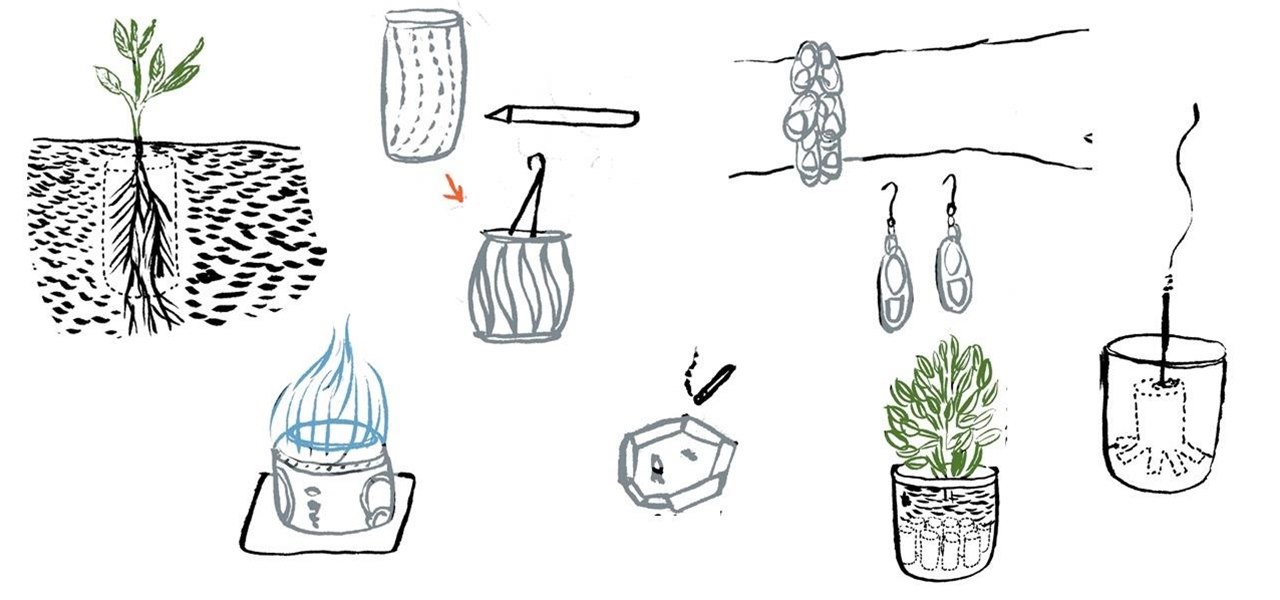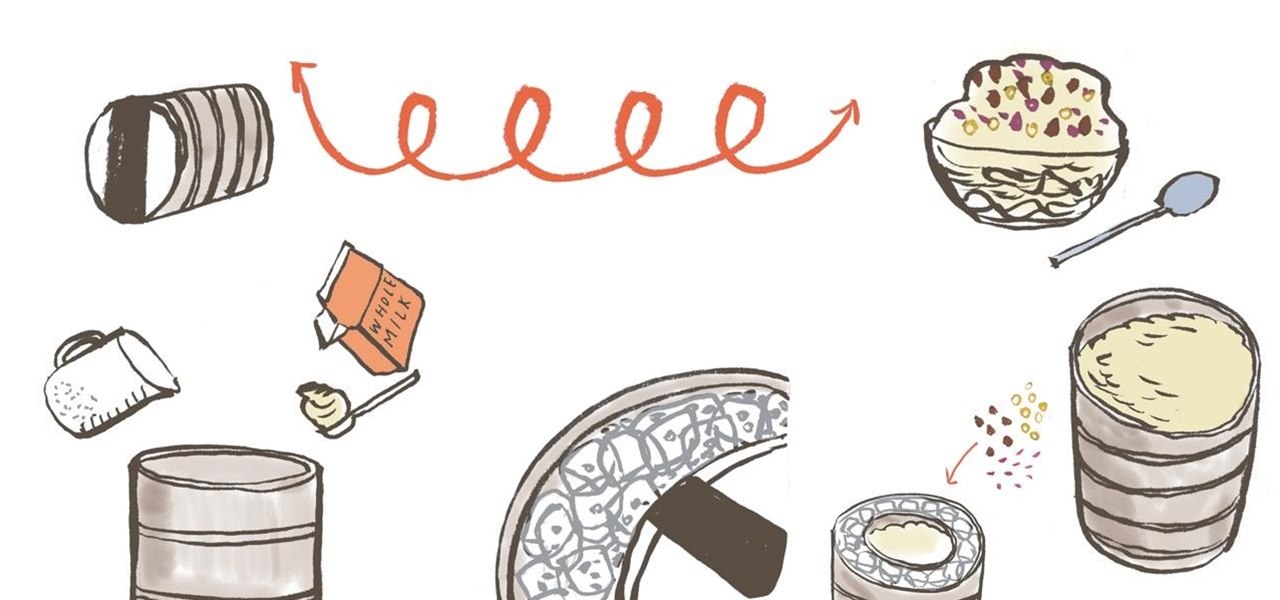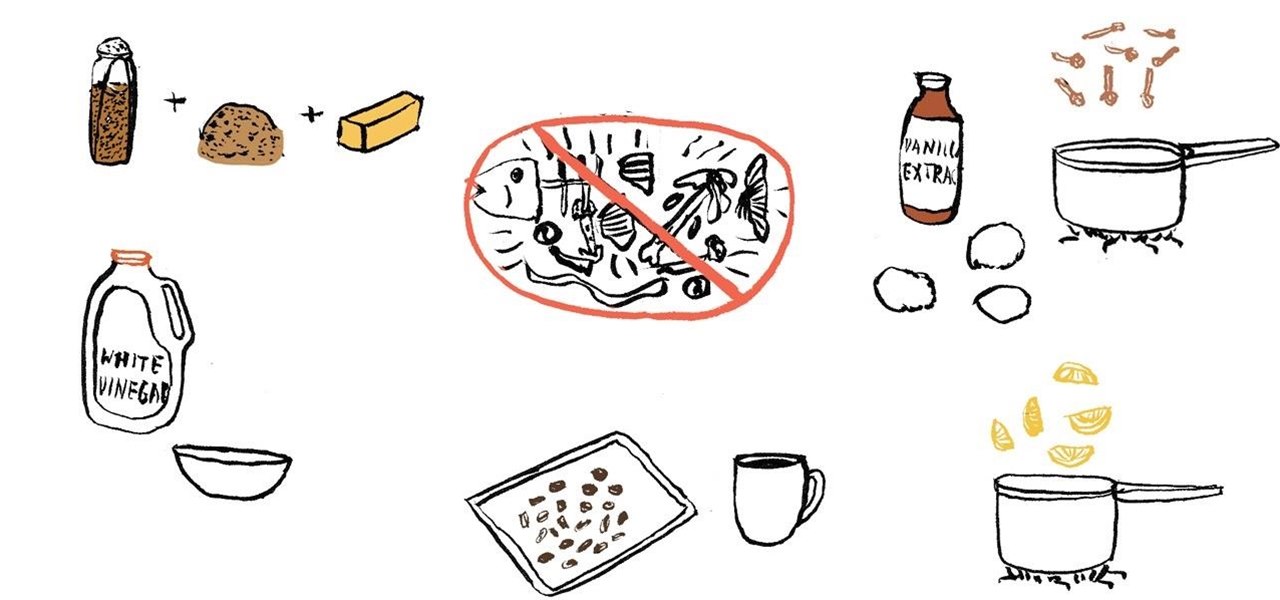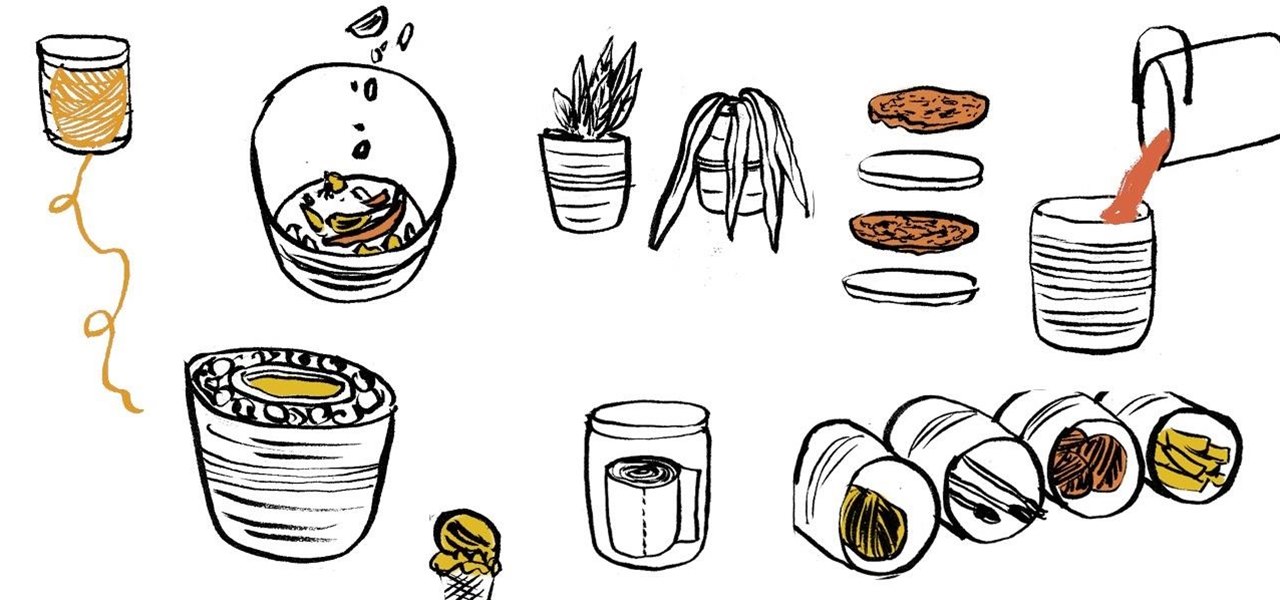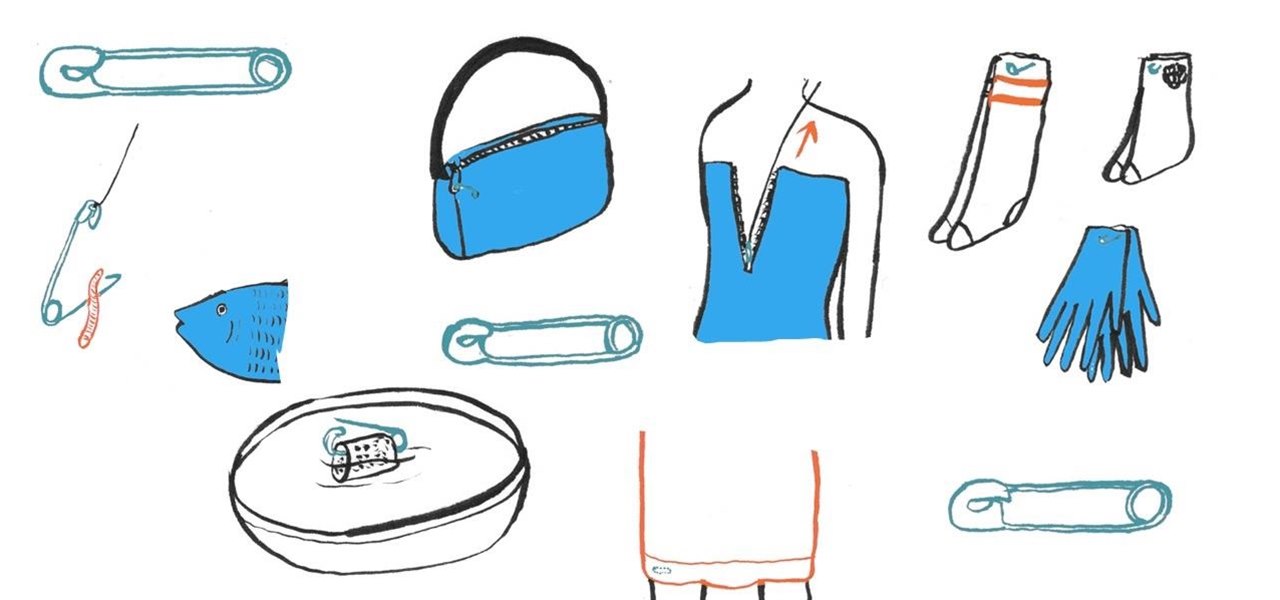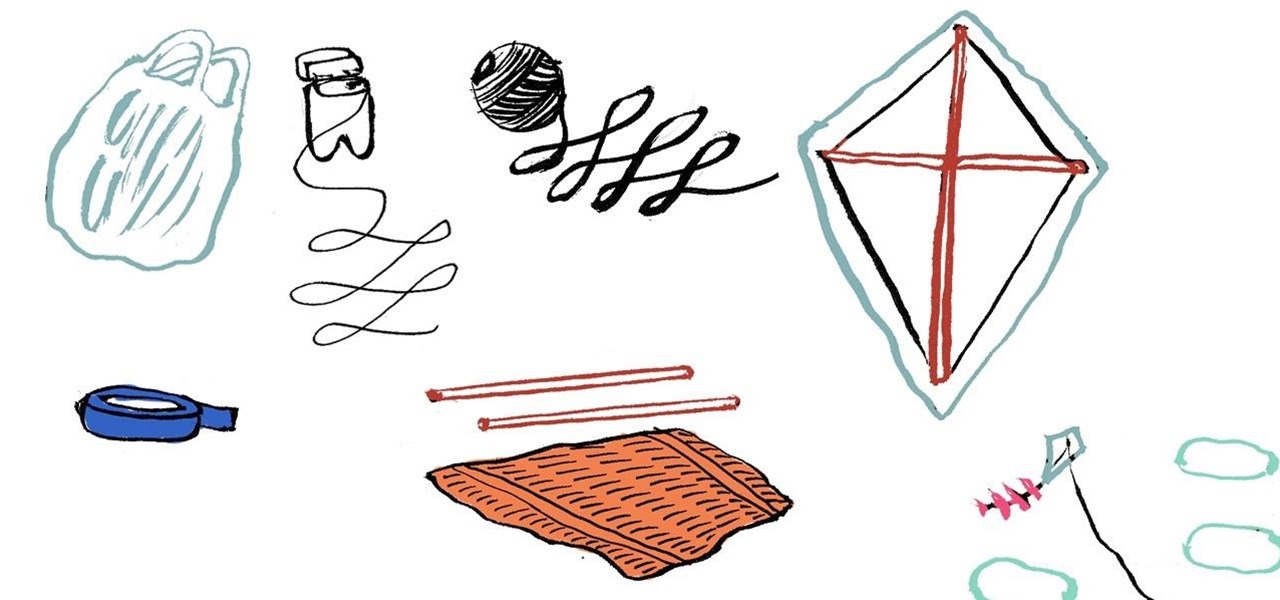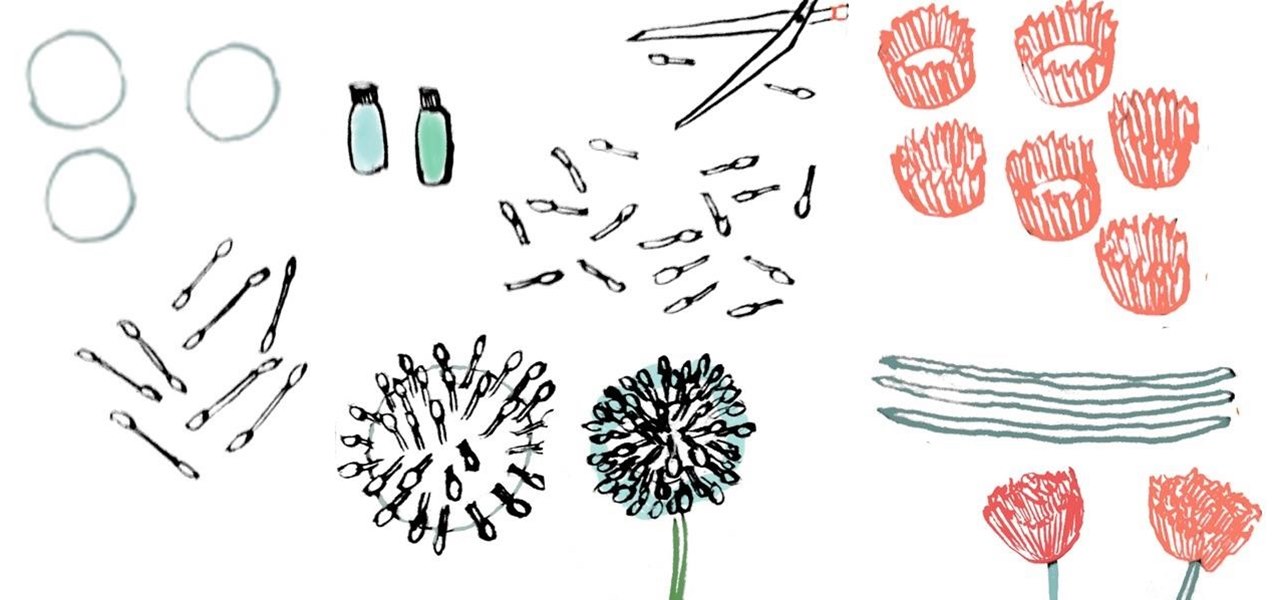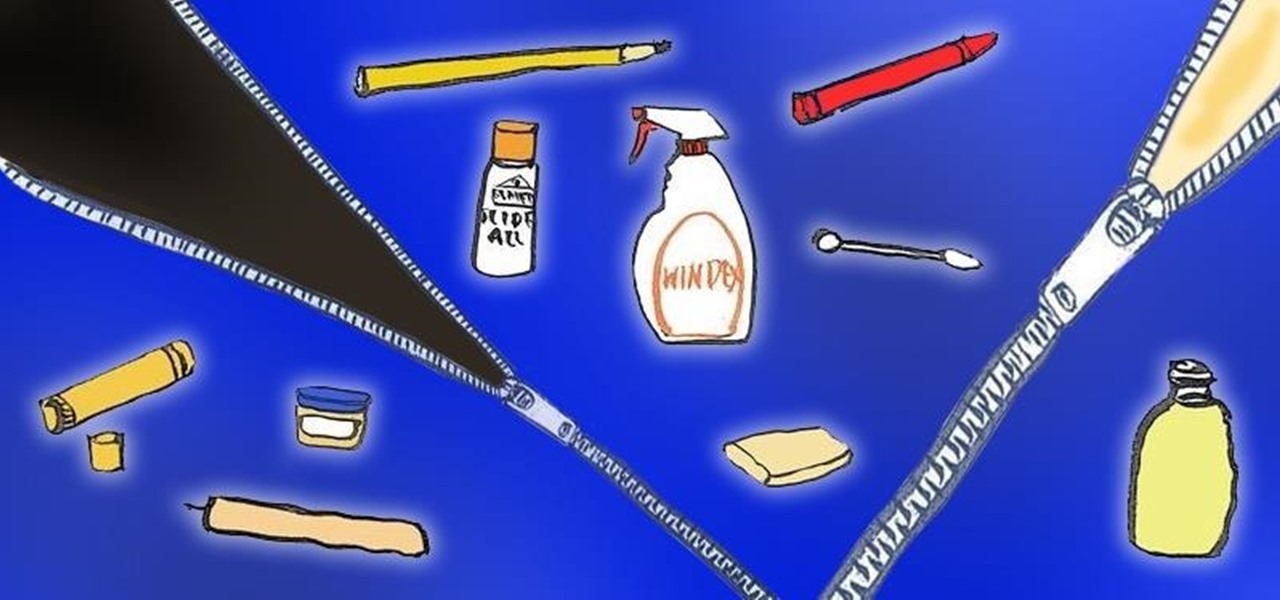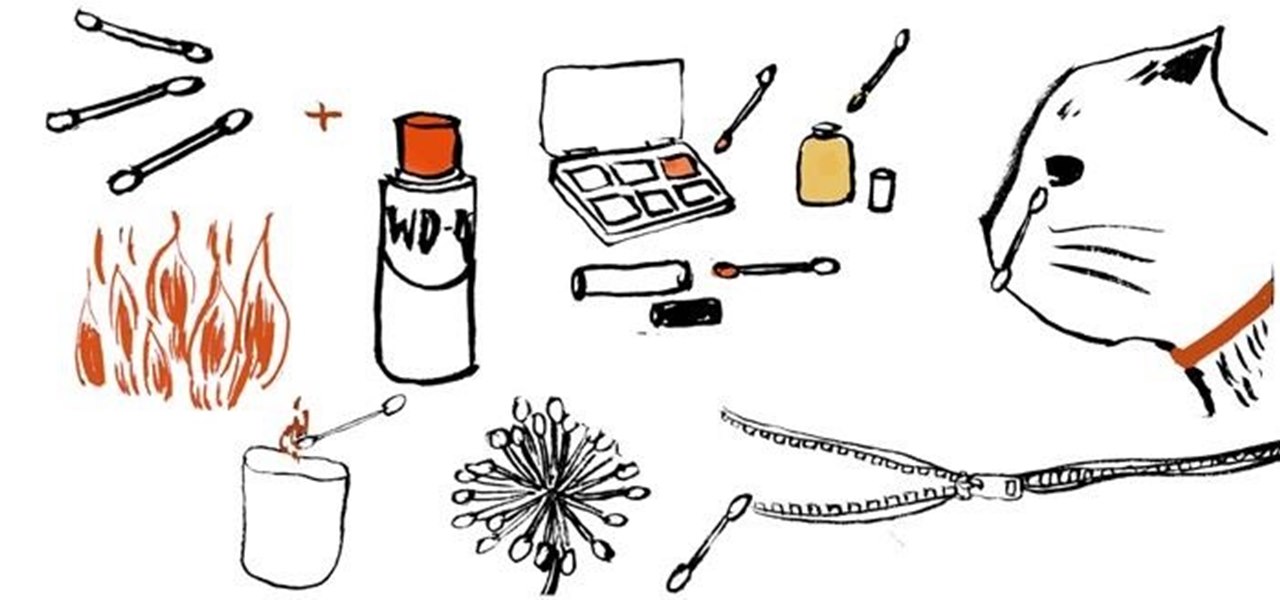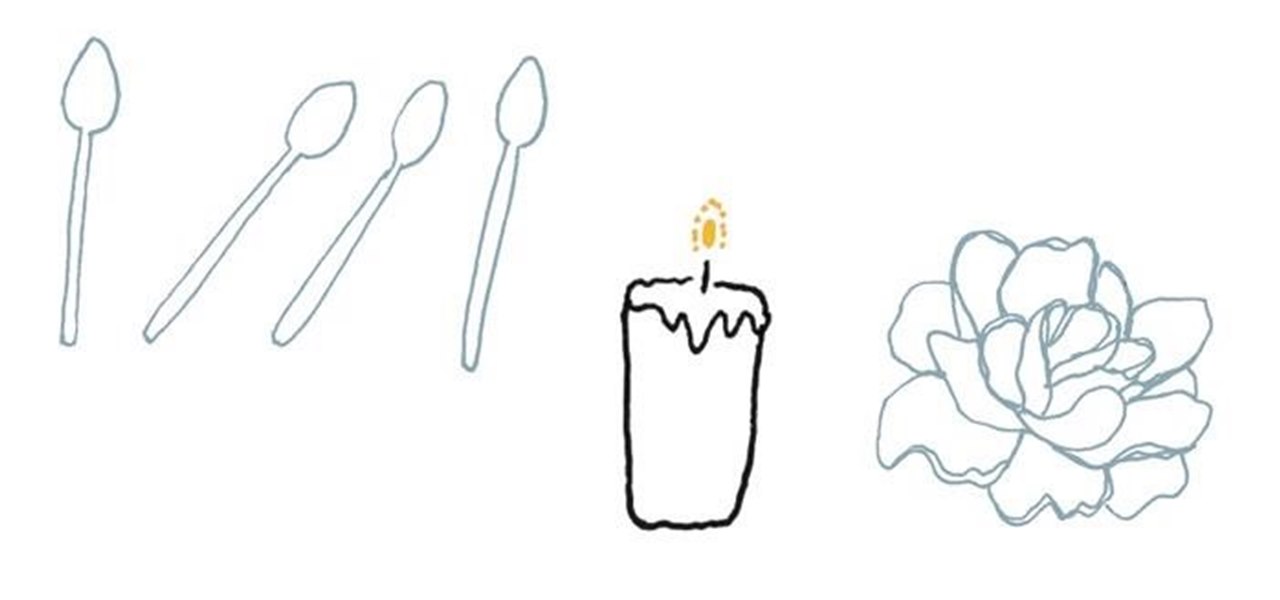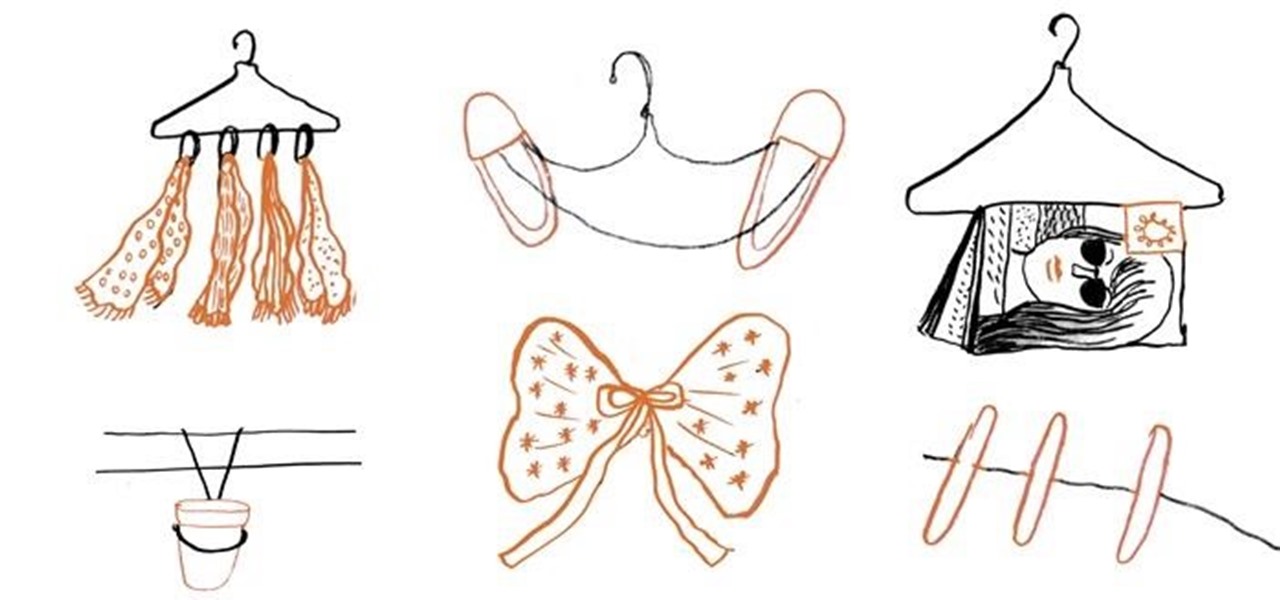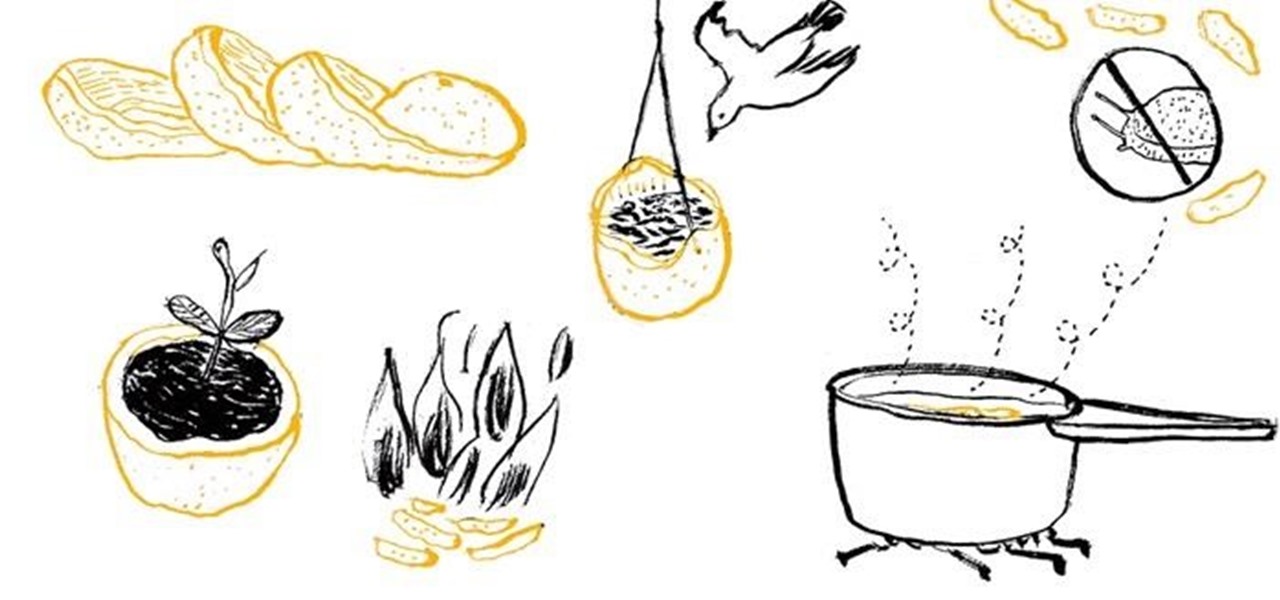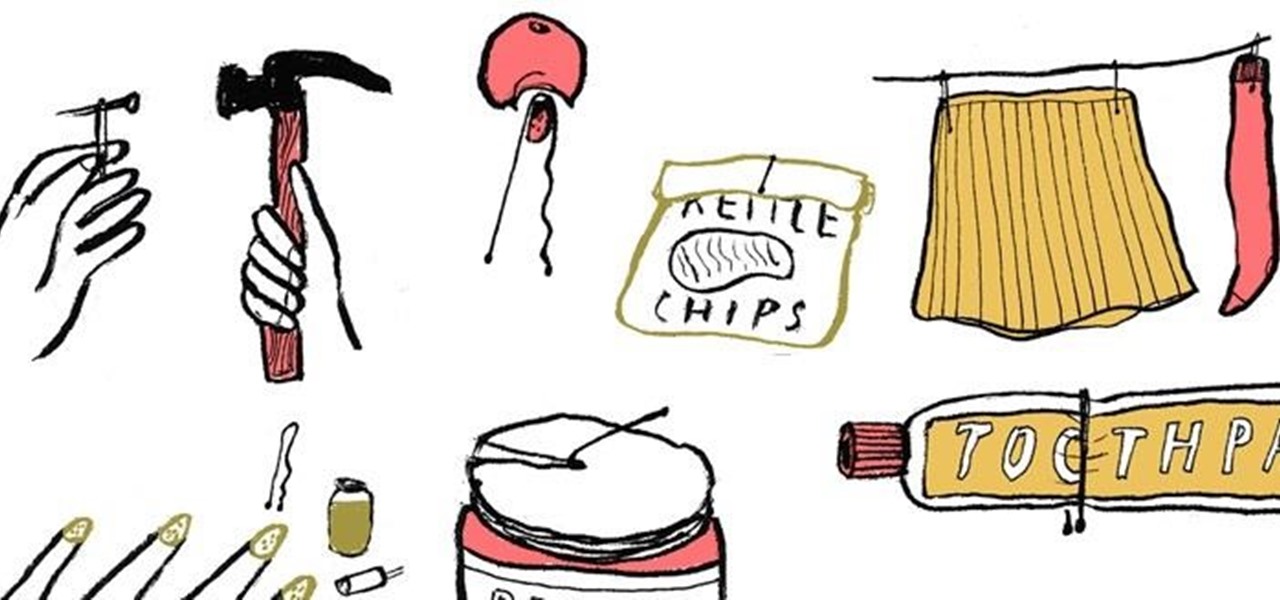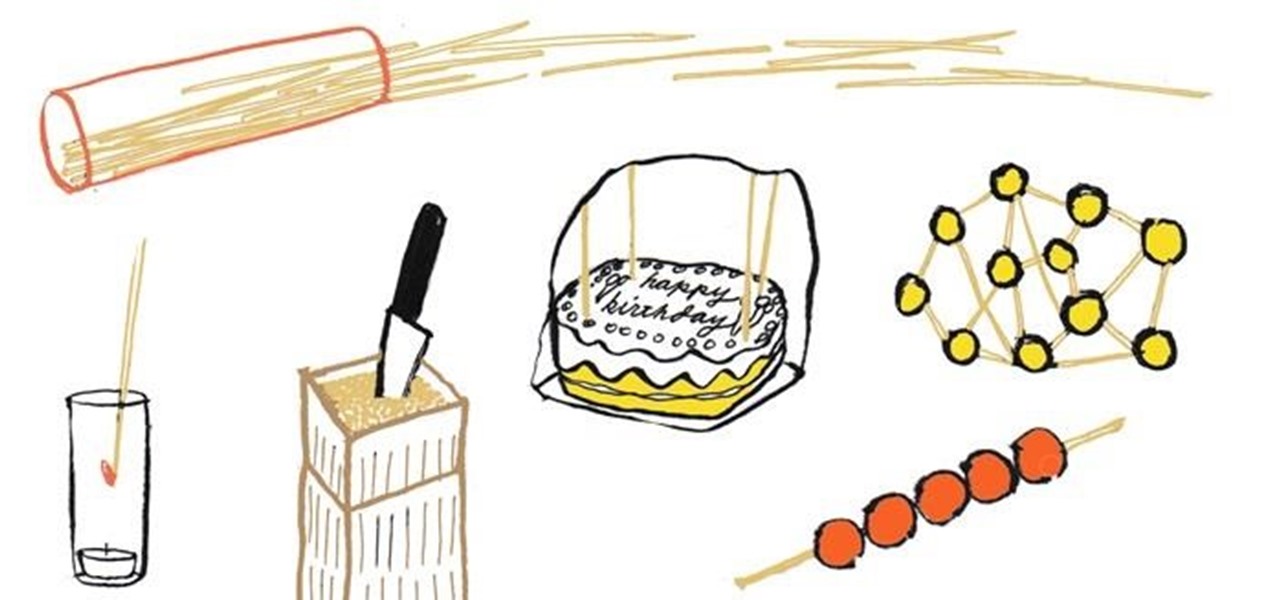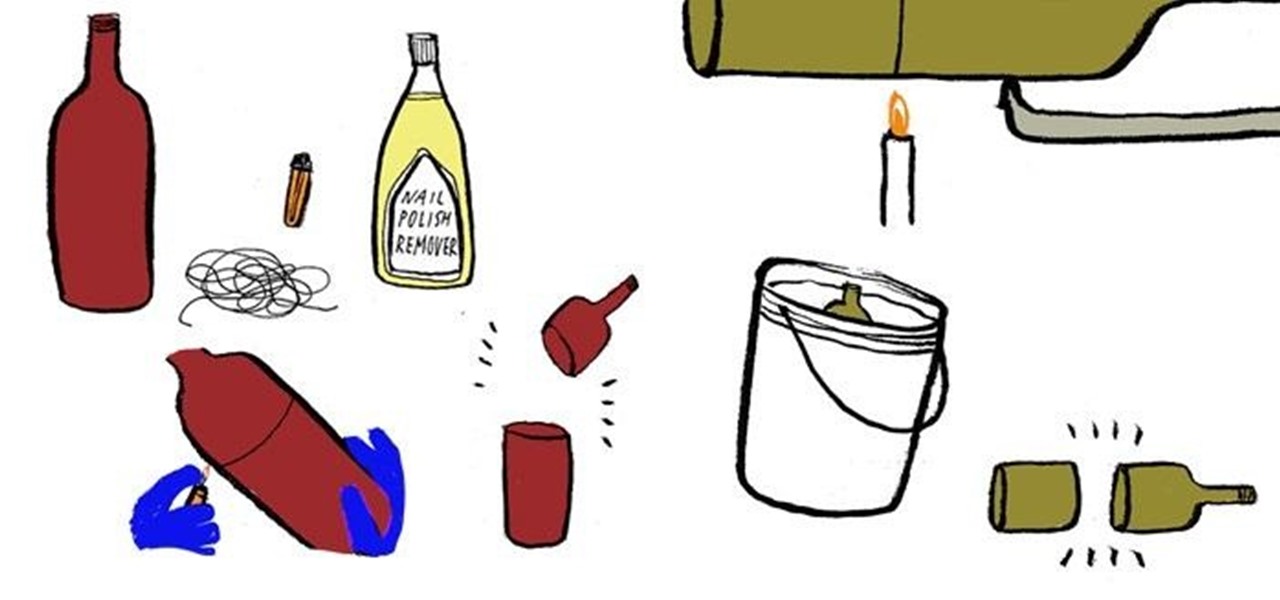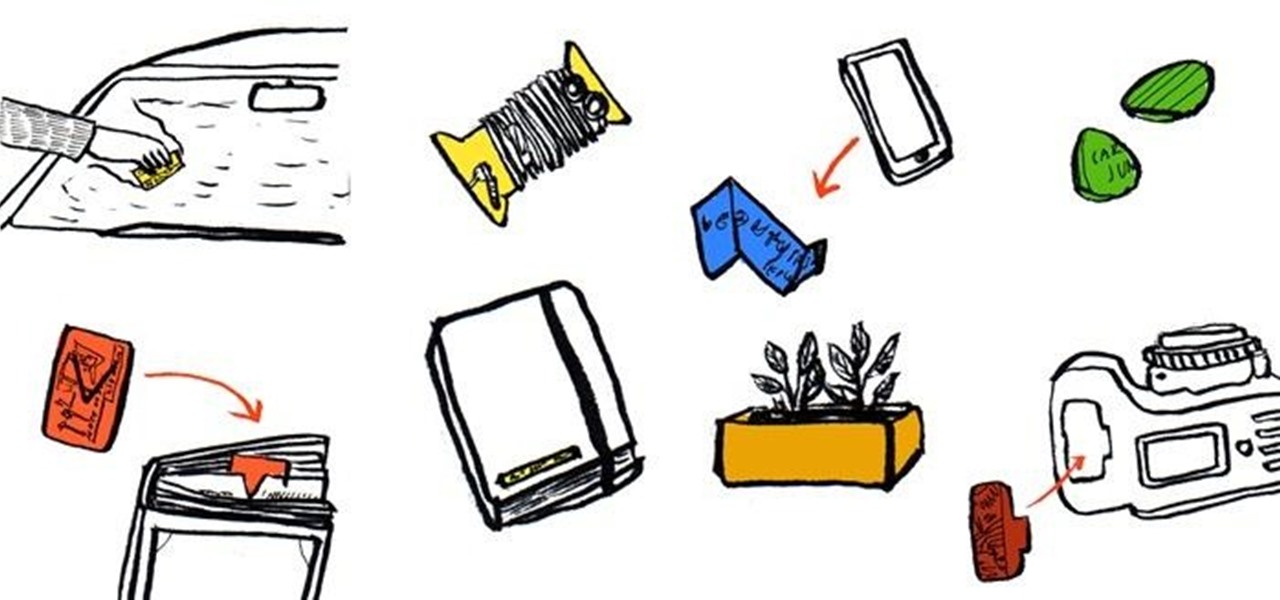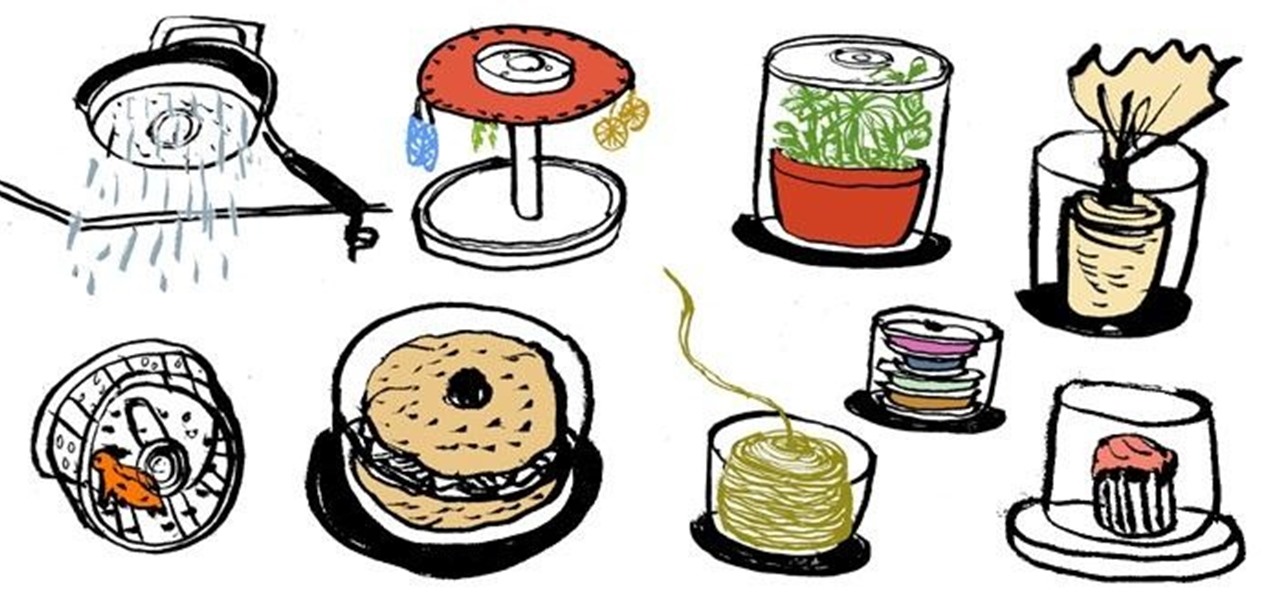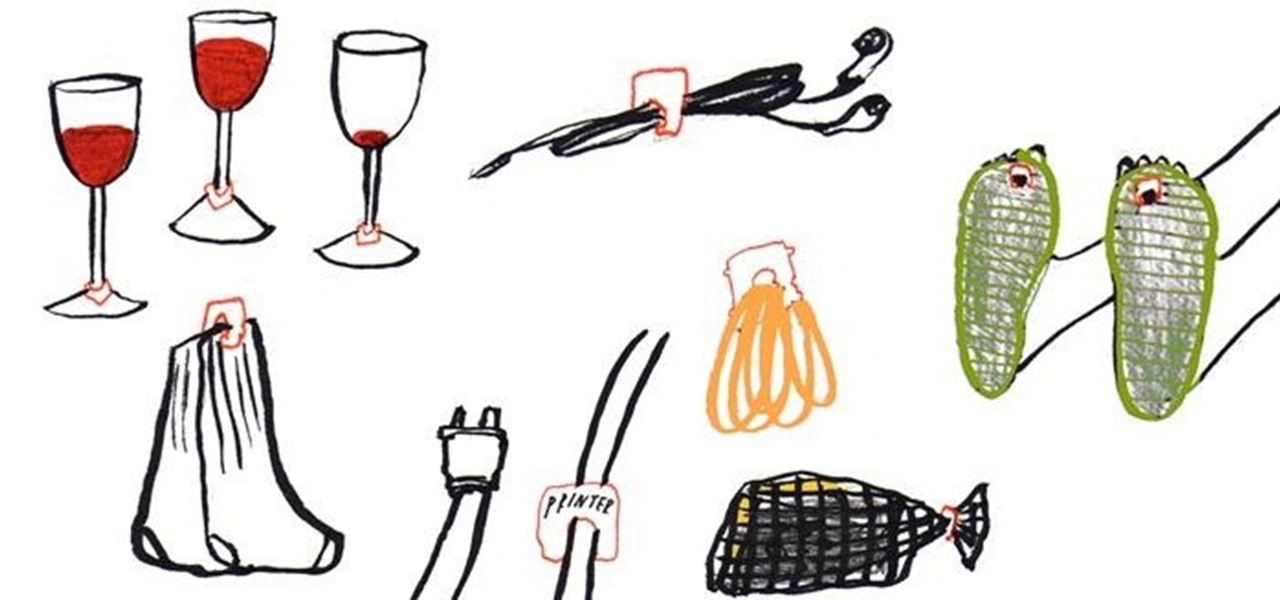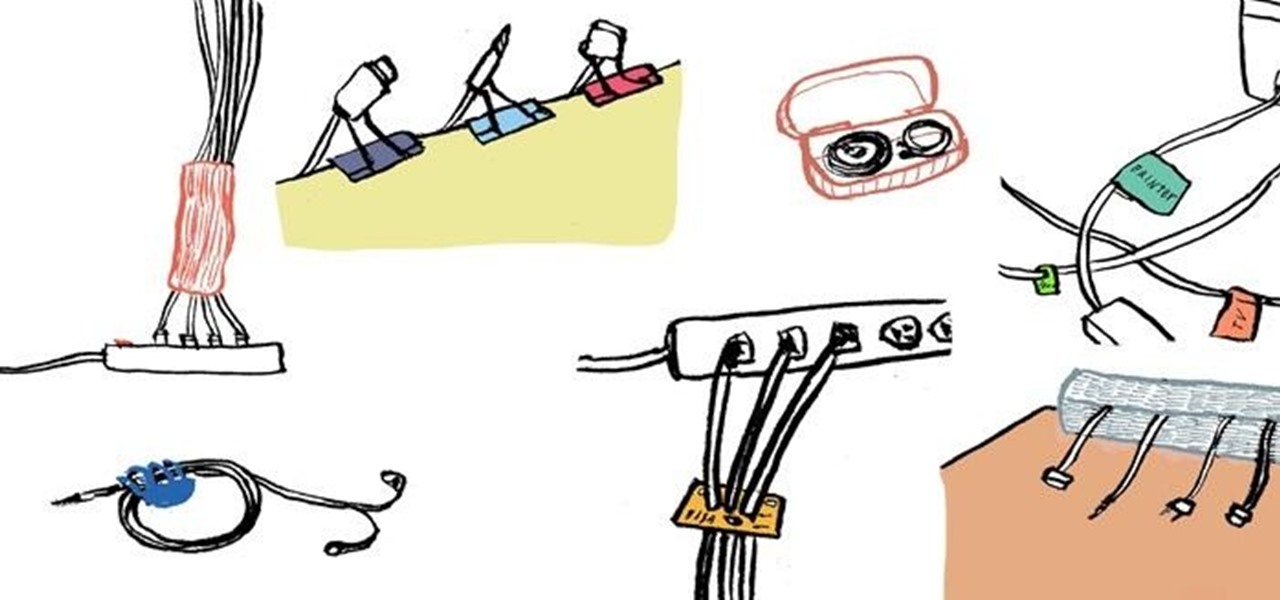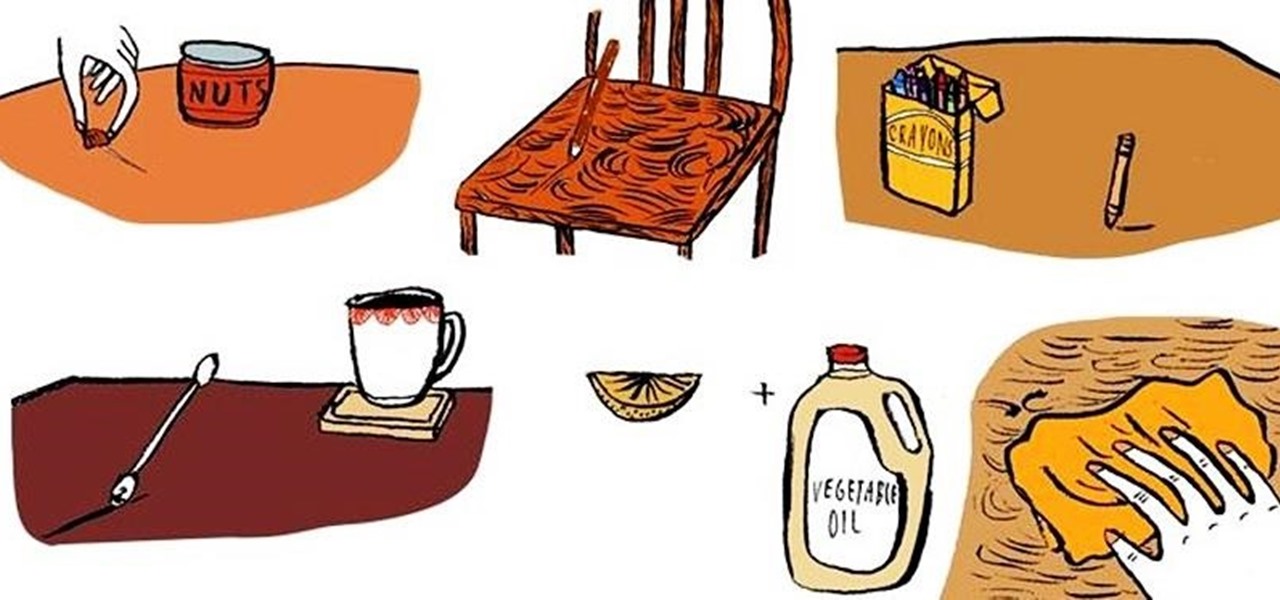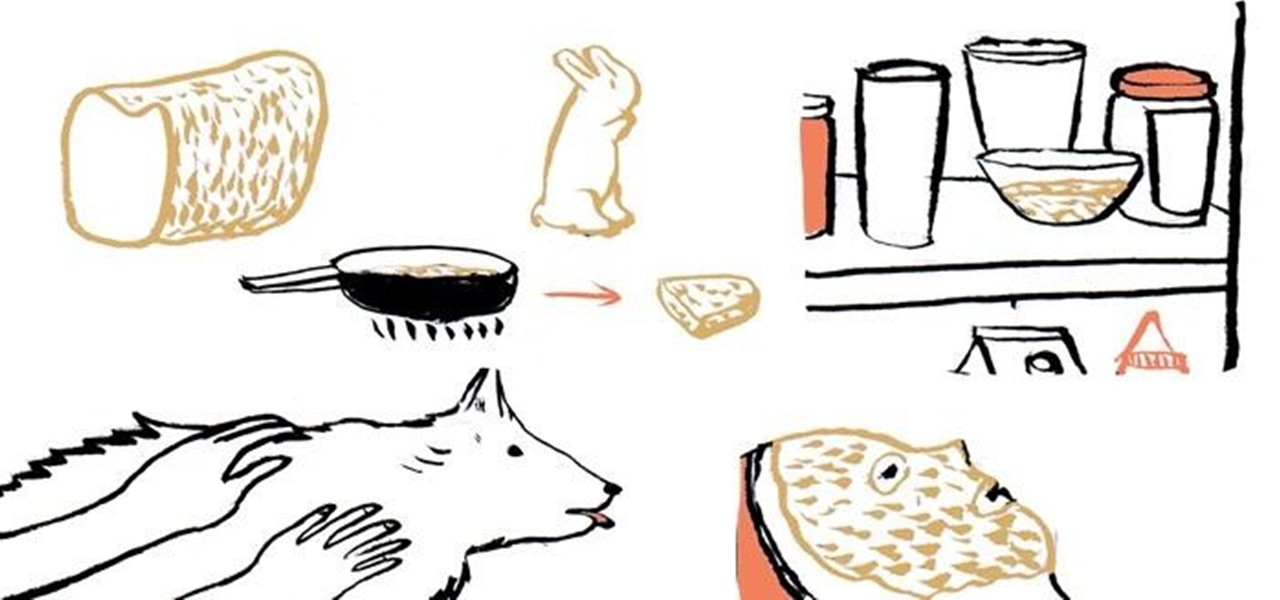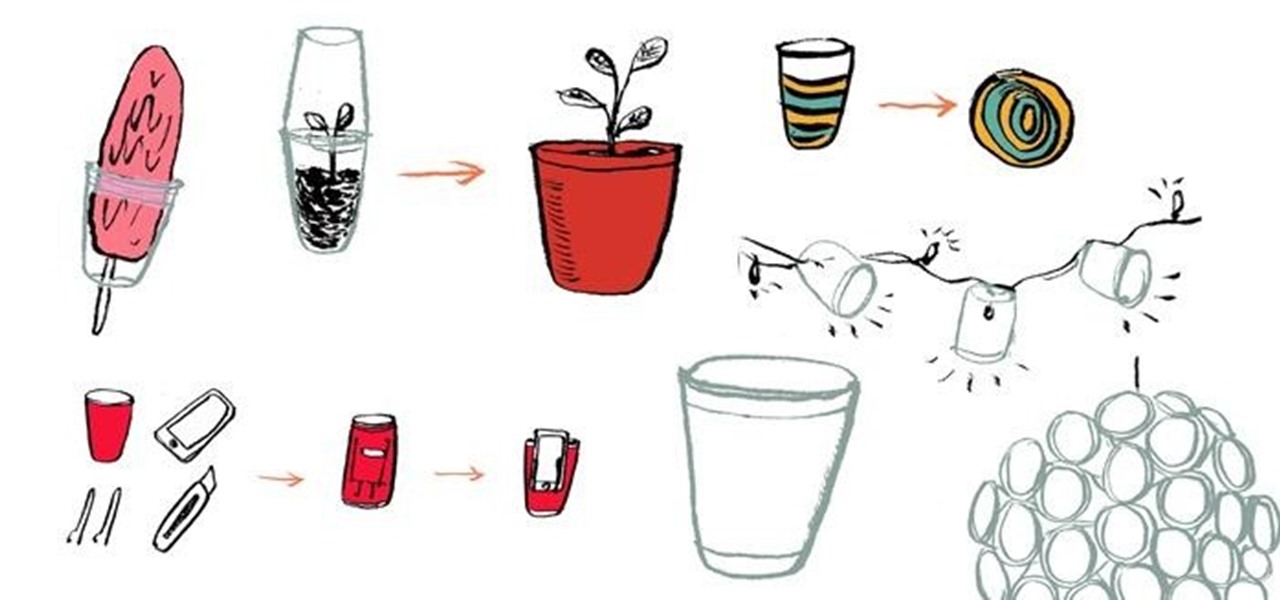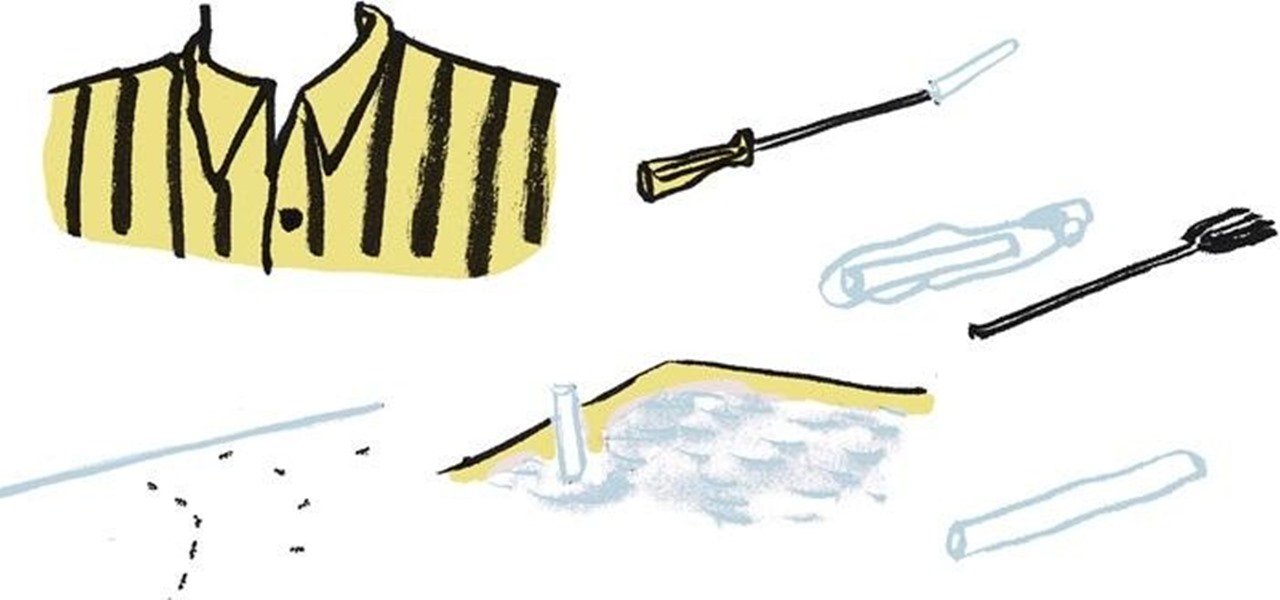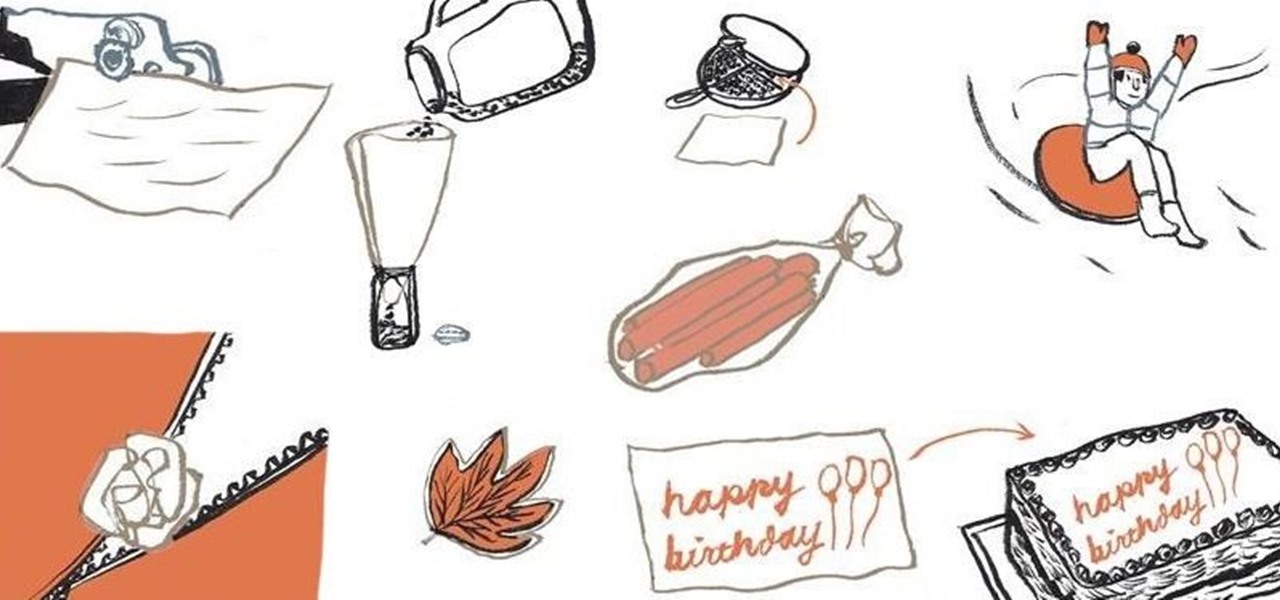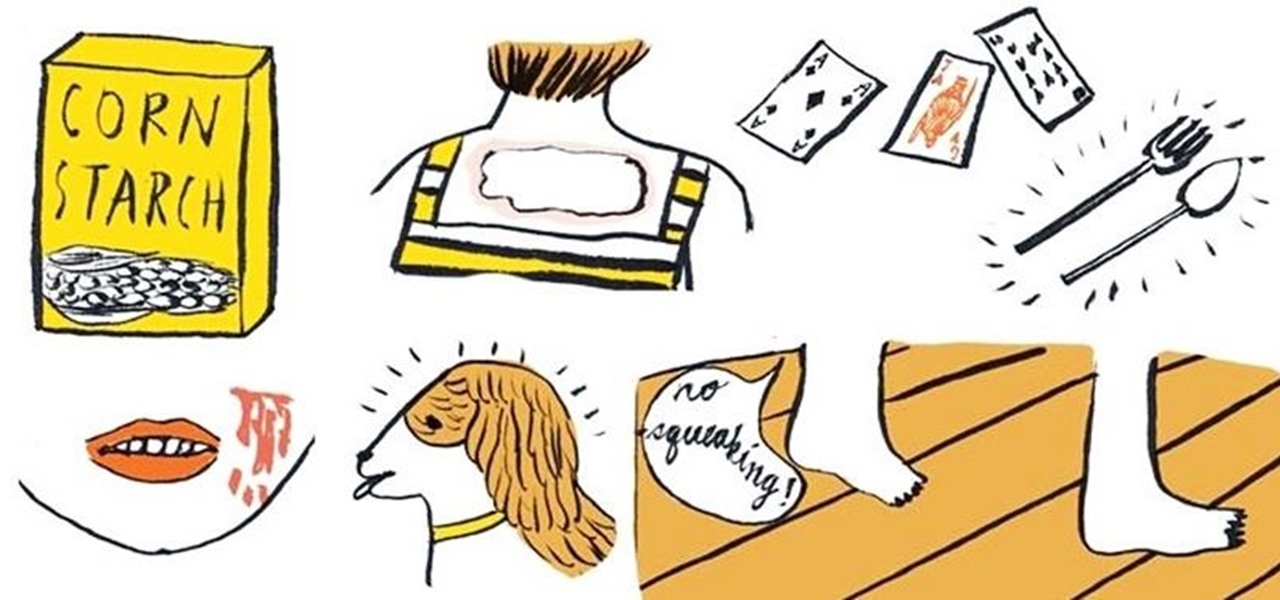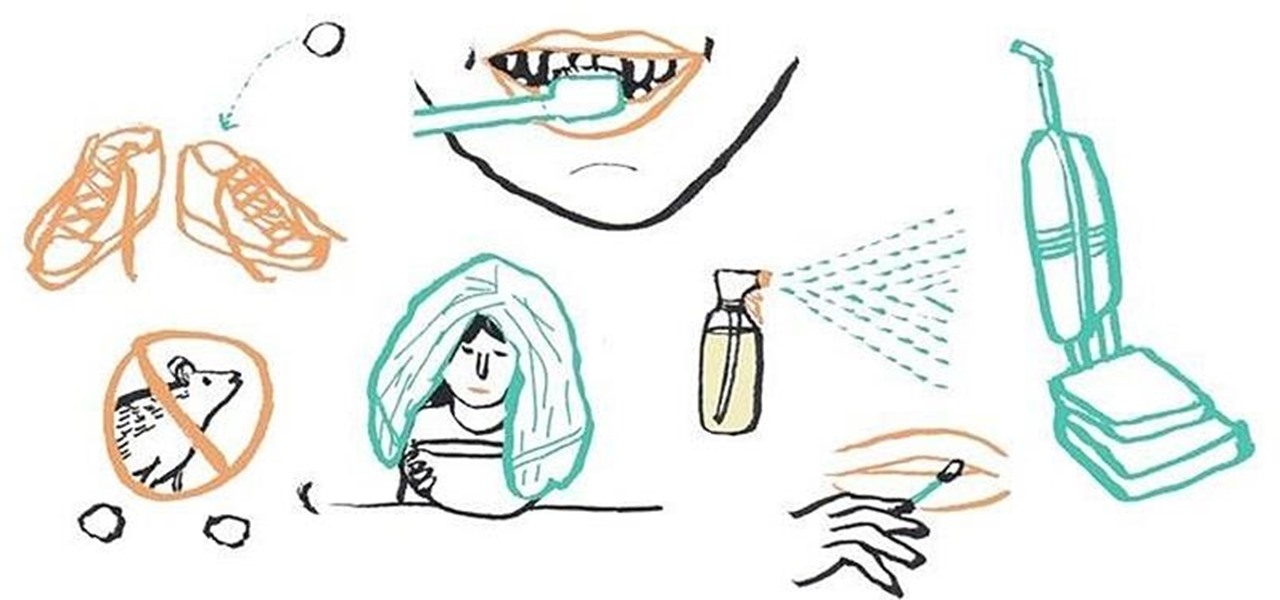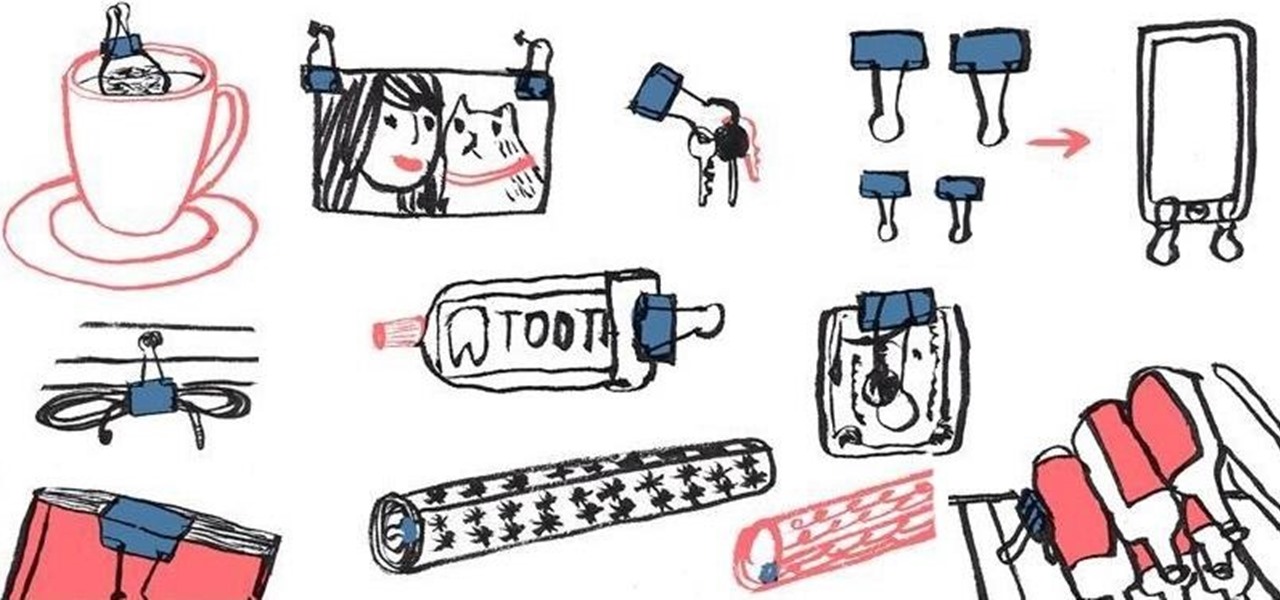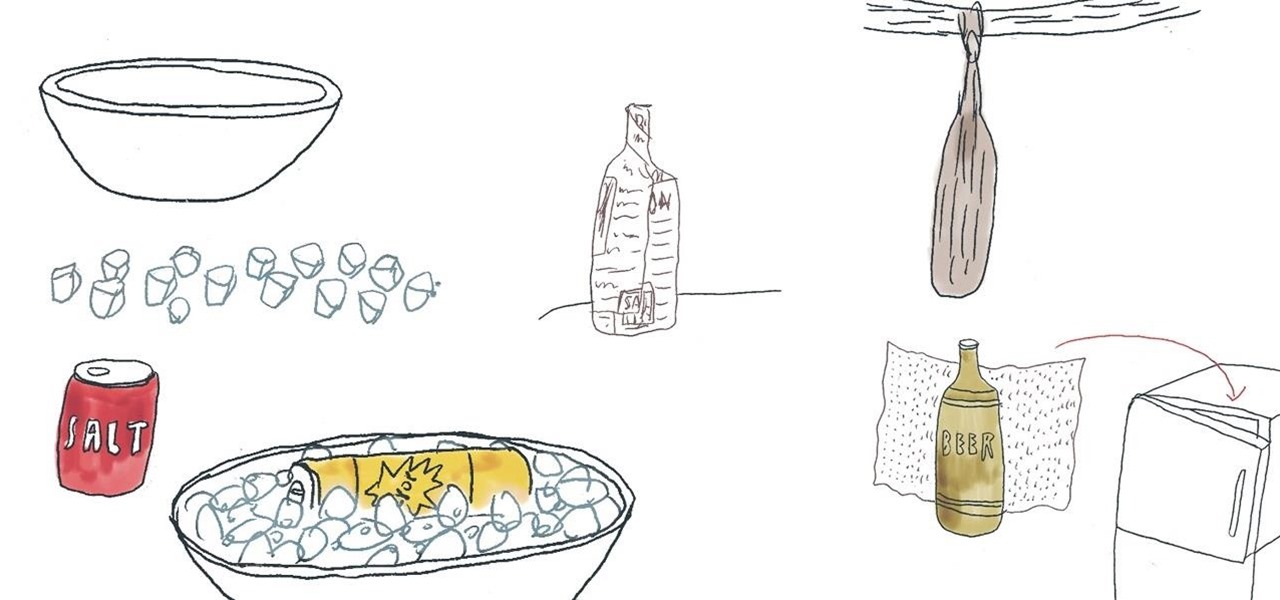
A lukewarm can of soda placed in a refrigerator can take about 45 minutes to chill. On the other hand, a lukewarm can of soda placed in a bowl of ice, water, and table salt can take less than 5 minutes.
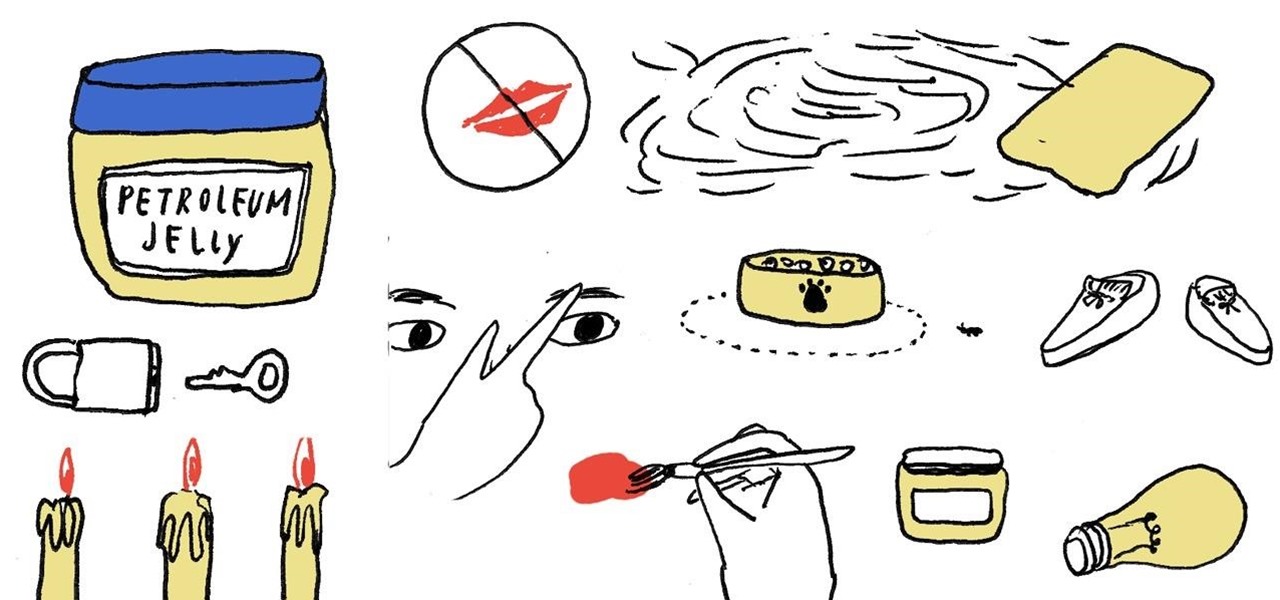
In 1859, 22-year-old chemist Robert A. Chesebrough accidentally discovered petroleum jelly when he visited a working oil well in Titusville, Pennsylvania. Oil workers complained of a gooey substance referred to as "rod wax" which kept getting into the machinery and slowing them down. Chesebrough noticed that oil workers also smeared this same substance on their burn marks or dry skin to help speed the healing process.
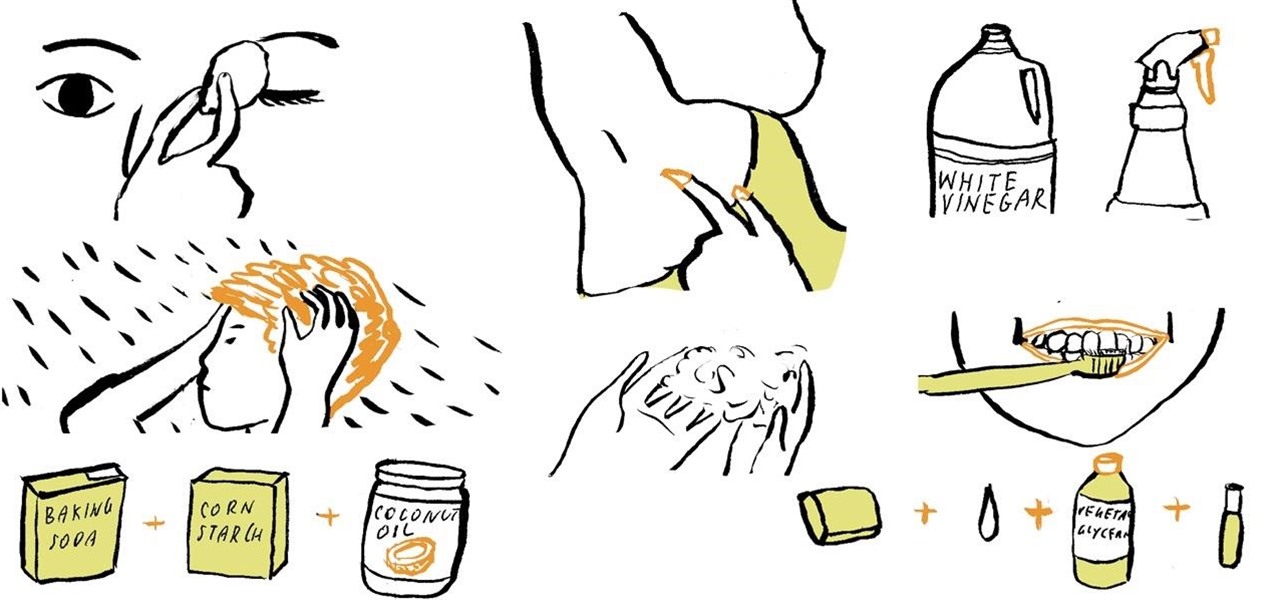
You just ran out of shampoo, but need to give your hair a quick wash. Use baking soda! You can make an emergency shampoo paste from 1 part baking soda, 3 parts water, then work the paste into your hair, allow to sit for a few minutes, and rinse out with warm water.
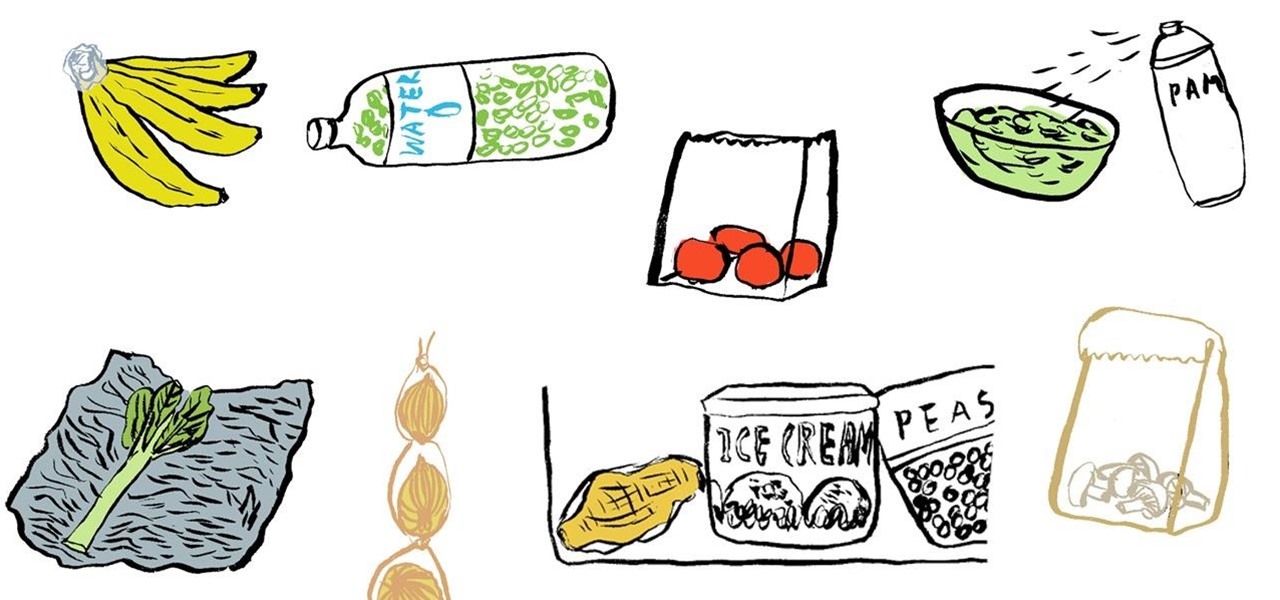
Each year, about 40% of all food produced in the United States goes uneaten and gets thrown away. Become a part of the solution and not the problem by practicing the following simple hacks to make your produce and perishables from the supermarket last for as long as possible.

Cayenne peppers are great for spicing up your bland cooking, but did you know that they can also prevent frostbite? If you ever need to keep your feet warm during a long snow hike or skiing adventure, add a little bit of cayenne pepper powder to the bottom of your socks.
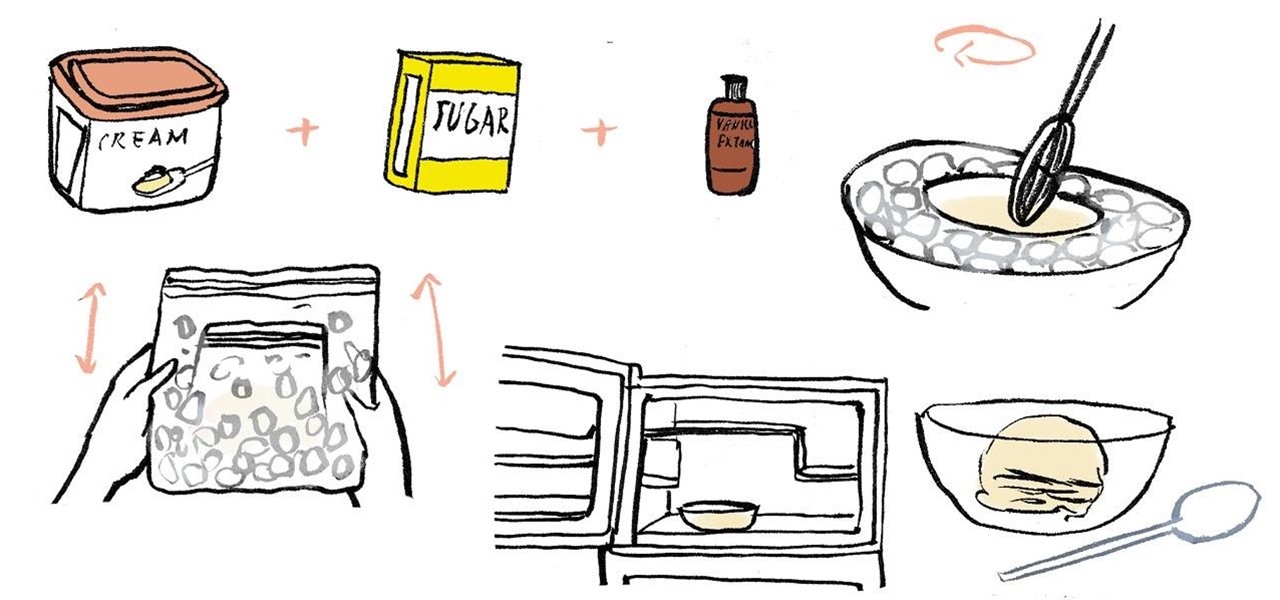
Ice cream never gets old in hot weather, especially if it's super cheap and made within the comforts of your own home!

Other than providing a convenient vessel for your carbonated beverages so that they don't go completely flat, aluminum soda cans are also quite useful for a number of other things once they're completely empty.

If you've got a couple empty coffee cans getting ready to go out to the recycling—don't get rid of them just yet. Instead, use them to make your own homemade ice cream. It's the perfect DIY treat as the weather gets warmer in anticipation of the summer season.

However much you love cooking fried fish for dinner, there's no need for your kitchen to smell fishy for days afterward. Keep your post-cooking funky kitchen smell to a minimum by boiling cloves in water, simmering lemon peels, oven roasting coffee beans, or leaving bowls of white vinegar on the kitchen counter overnight.

It'd be a financial burden to have to buy new shoes every time a current pair gets scuffed up, but thankfully there are some easy DIY tricks for saving us that trip to the shoe store. Scuff marks can easily be remove from shoes and sneakers using common household items found in your medicine cabinet or in your desk.

After you've completely emptied out your coffee can of its coffee beans, put your caffeinated high to good use by getting crafty and productive with the empty vessel that now lies before you.

Originally invented by American mechanic Walter Hunt in 1849, the humble safety pin was first called a "dress pin." It was intended to solve the problem of bent pins and wounded fingers, but that's not all it's good for.

Cottons balls may not be the most exciting bathroom product in the world, but there are some surprisingly useful things you can do with them.

Where one sees plastic garbage bags, I see living creatures soaring high in the windy skies—and you can too. The choice is completely yours. But, wouldn't it be nice to spare one trash bag the indignity of holding waste?

Why is it that Mother's Day is the second biggest commercialized holiday when there are so many different DIY projects out there?

Sooner or later you're going to have to deal with a stuck zipper, whether it's on your favorite jacket, backpack, or pair of pants. Simply tugging hard on the zipper tab hardly ever works, but a few things lying around your house might do the trick.

Commonly associated with cleaning gunk out of your ears, cotton swabs, colloquially known under the brand name Q-tips, have a ton of other practical uses.

Add a little extra life to old books you'll probably never read again by transforming them into a sneaky secret book safe, an e-book reader case, a picture frame, or even a book planter for your indoor succulents.

They say that flowers are the way to a girl's heart, but why waste your money at the local florist when you can make your own? If you have a maple tree in the area, you can create a fanciful faux rose from maple leaves. If not, you can turn to the kitchen and make your loved one a bouquet of roses using heavy-duty plastic spoons.

Do you have an excess of wire clothes hangers from multiple trips to the dry cleaners? Rather than letting them take up space in your closet, you can use them for any number of things, from holding your necklaces and magazines to unclogging your sink and fishing dropped objects behind furniture.

What should you do with an orange peel after you're done eating the fruit part? If at least one half of the orange peel is still intact, consider using it as a seed starter pot, emergency oil lamp, bird feeder, or a super-easy, salt-packed DIY fridge deodorizer.

Bobby pins are great for pinning down flyaway bangs, but they're also great for pushing up the unused gel in a tube of toothpaste, marking the end of a transparent tape roll, opening the plastic seal in food jars, and even removing the pits from ripe cherries or olives.

Other than serving as the raw ingredients for your epic spaghetti and meatball feast, uncooked spaghetti noodles can also be used to make a DIY knife block for your kitchen knives, light a candle with a deep holder, check the done-ness of your baked goods, and double as a DIY toothpick or skewer you can break into your desired length for cooking or serving.

Want to make your own glass drinking cups? You don't need to be a glassworker to get creative. Just recycle some of your old beer, soda, or wine bottles into stylish toothbrush holders or glass cups.

Need to remove an ink stain from your carpet, clothing, wooden furniture, or new pair of jeans? Thankfully, as with most DIY stain removal techniques, you can probably concoct your own stain-removing solution from common household items in your bathroom or kitchen. Some examples include white vinegar, corn starch, toothpaste, WD-40 spray, dishwashing soap, hair spray, and even milk. Yes, milk.

Got a dirty desktop computer or laptop screen? Mix together a solution of equal parts white vinegar and purified water and place solution in a spray bottle. Spray a clean cotton rag with the solution and gently wipe the screen for simple, streak-free cleaning. For a quick clean-up of dust particles that won't scratch the glass, use clean coffee filters or a dryer sheet.

Do you have a junk drawer full of expired gift cards, membership cards, school ID cards, debit and credit cards, and other sturdy rectangular pieces of plastic you no longer use?

Compact discs...remember those? Before you toss your old CD spindle cases away, consider upcycling them to a DIY terrarium, cable storage container, hamster toy, rainfall shower head, bird feeder, bagel sandwich lunch box, and more.

Plastic bread clips, which are primarily used to keep bread bags closed, can also be used to add new life to your old flip-flops, scrape gunk off your nonstick pans, keep matching socks together before laundering, label your cable cords, and more.

If you are like most people, you probably have a discordant mess of cable and computer cords in your workspace or living room snaking all over the floor or against your desk. Though you can buy various cable organizers at the computer store, you can also organize them the DIY way with bread twist ties, binder clips, cardboard tubes, old credit cards, Velcro tape, or even your old hair clip.

If you've had wooden furniture in your living space for a while, chances are that you've accumulated at least a couple of nicks and scratches on the surface. Before you spend money on a professional wood refinisher to restore the surface, try out some of the DIY techniques below using common household items to minimize the visibility of the scratch.

Oatmeal may not be the most exciting breakfast option in the world, but in uncooked form the oats can be used to neutralize odors in your refrigerator, relieve your dog's itchy skin, soak up kitchen oil spills and treat your poison ivy or chicken pox itch.

Don't add your plastic cup to the trash bin just yet. The sturdy plastic material of these ubiquitous containers makes them perfect to use as miniature DIY greenhouses for seedlings, smartphone sound amplifiers, Christmas ornament storage, and even packing material.

Other than adding that extra missing ingredient to your dry cereal in a bowl, the milk in your fridge can also be used to enhance the flavor of your corn, remove ink stains from your clothing, freshen up the taste of your frozen fish, add shine to your leather shoes, relieve your sunburn and insect bite itch, and more.

Commonly associated with classroom blackboards and sidewalk art, chalk can also be used to repel ants from invading your home, lift grease stains from clothes, prevent your tools from rusting, and hide your wall scrapes and nicks in a pinch.

Wax paper, a moisture-proof paper commonly used in the kitchen to keep food from sticking, can also be used to preserve maple leaves, keep bathroom fixtures spotless, line your refrigerator bins, funnel spices into small spice containers, and make re-corking unfinished wine bottles a cinch.

Feeling the need to creatively express yourself in a public space? Make an artistic statement with some DIY moss graffiti using moss, buttermilk, beer, a paintbrush, and some imagination.

Cornstarch, a fine, powdery starch commonly used as a thickening agent for sauces and gravies, can also be used to remove ink stains from the carpet, detangle stubborn knots, silence your squeaky floorboards, and give your pooch a dry shampoo.

An essential oil is a concentrated hydrophobic liquid containing volatile aroma compounds from plants. Commonly used for aromatherapy purposes, essential oils can also be used to remove sticker gunk, make your room smell nice while vacuuming, concoct DIY toothpaste, deter rodents from hanging out in your house, and more.

Office binder clips, commonly used for binding together thick stacks of computer paper, can also be used as a bookmark, money clip, picture hanger, boots hanger, cable organizer, and more.








